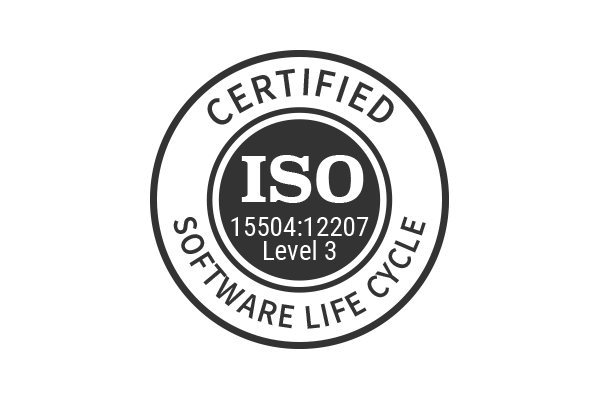
Test cases play a crucial role in verifying and validating functionality within the realm of software development. These consist of a specific set of conditions or actions designed to assess the correct operation of a given aspect of the software.
What is a Test Case?
A test case is a detailed description of the conditions and steps required to verify a specific feature of the software. It provides a structured and documented way to assess whether the software behaves as expected. Test cases are used to test individual functionalities, usage scenarios, and boundary cases, among other relevant aspects of the software.
Creating Test Cases
The creation of test cases is generally the responsibility of the Quality Assurance (QA) team. These professionals work closely with developers and project stakeholders to understand the requirements and expected functionalities of the software. Creating test cases involves the following steps:
- Requirements Analysis: QA engineers review the software requirements to understand its scope and functionality.
- Scenario Identification: Different scenarios and cases in which the software behavior can be evaluated are identified.
- Test Case Design: The steps and necessary conditions to execute each test case are defined. This includes preparing input data, performing actions, and specifying the expected results.
- Documentation: Test cases are adequately documented, including their purpose, steps to follow, and expected results.
Users of Test Cases
Test cases are used by various stakeholders throughout the software development lifecycle, including:
- QA Engineers: QA engineers utilize test cases to verify and validate the software. They execute the test cases and record the obtained results.
- Software Developers: Developers may use test cases to verify if their implementation meets the specified requirements. This enables them to detect and rectify potential errors before the testing phase.
- Business Analysts and Stakeholders: Test cases are also employed by business analysts and stakeholders to validate if the software meets the defined requirements and expectations.
Test Case Template
Here is a basic template for creating test cases:
Test Case Name: [Proporcionar un nombre descriptivo para el caso de prueba]
Objective: [Describir el objetivo o la funcionalidad específica que se está probando]
Preconditions: [Enumerar las condiciones o configuraciones necesarias antes de ejecutar el caso de prueba]
Execution Steps:
- [Describir los pasos específicos para ejecutar el caso de prueba]
- [Agregar tantos pasos como sea necesario]
Expected Result: [Describir el resultado esperado después de ejecutar el caso de prueba]
Actual Result: [Registrar el resultado real después de ejecutar el caso de prueba]
Examples of Test Cases
1. Test Case Name: Successful Login
Objective: Verify if a user can successfully log into the system.
Preconditions: The user has created a valid account in the system.
Execution Steps:
- Open the login page.
- Enter valid user credentials.
- Click the “Login” button.
Expected Result: The user is authenticated and redirected to the system’s main page.
Actual Result: The user successfully logs in, and the main page is displayed.
2. Test Case Name: Tax Calculation
Objective: Verify if the system correctly calculates taxes based on the established tax rate.
Preconditions: The user has entered the necessary data for the calculation.
Execution Steps:
- Enter the income amount.
- Enter the applicable tax rate.
- Click the “Calculate Taxes” button.
Expected Result: The system accurately calculates the tax amount based on the entered tax rate.
Actual Result: The system calculates the tax amount correctly and displays it to the user.
Test cases play a crucial role in ensuring the quality and reliability of software during the development process. Proper creation, usage, and documentation enable effective evaluation of software functionality. By following a test case template and utilizing concrete examples, QA engineers can optimize their work and ensure that software requirements are met.





